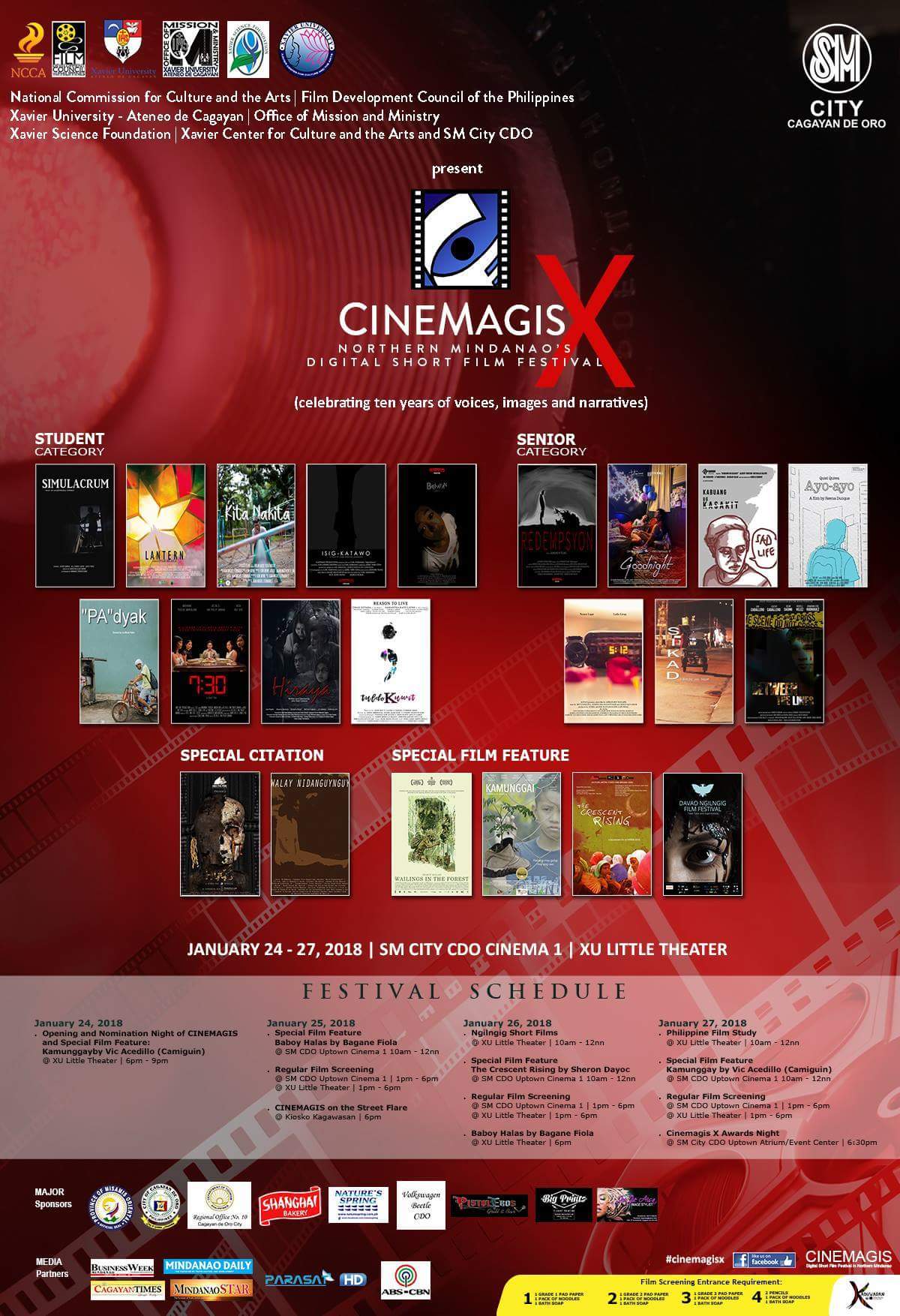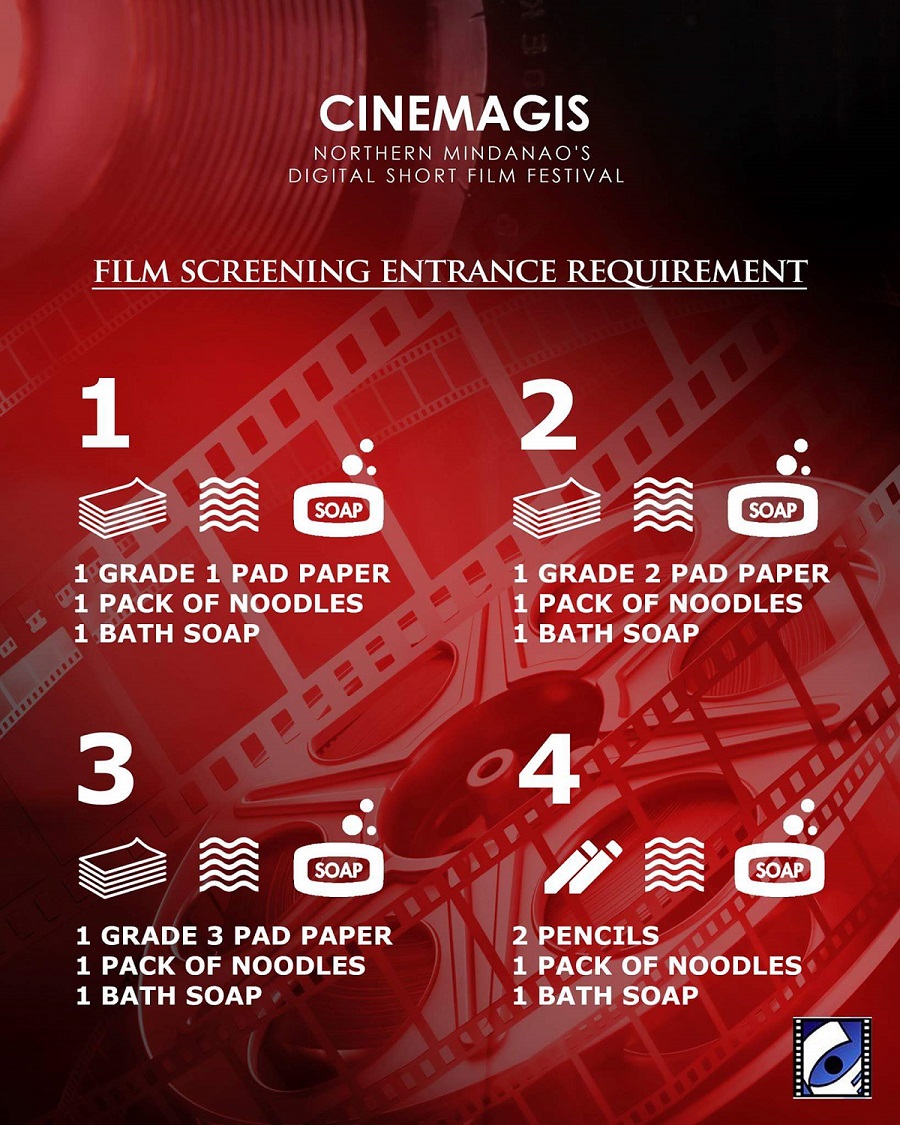Report by Angelo Lorenzo
This year’s Cinemagis Digital Short Film Festival provides an avenue to tell stories. Looped into films with varying lengths, these compose the narratives based on their creators’ stance, perception, and philosophy, as well as their representations of their realities.
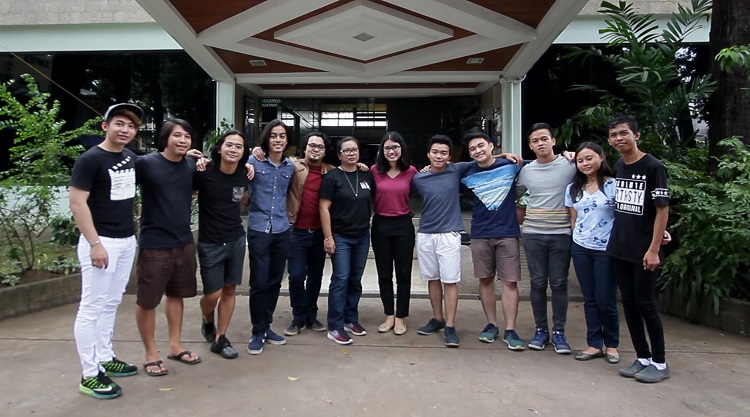
CINEMAGIS X FILMMAKERS. A selection of this year’s filmmakers with some of their artists pose for a photo during their first meeting at the Xavier Center for Culture and the Arts on January 13.
With a total of 16 competing entries in the Student and Senior Categories, as well as four full-lengths and a series of short films in the Special Feature and Special Citation, these films share Cinemagis’ current themes to weave cultural solidarity, value human rights, promote gender and development, harmonize with the environment, understand culture and spread awareness, and reflect on life’s funny and subtle contradictions.
Beyond the competition, celebrating films by Mindanaoan filmmakers has always been one of Cinemagis’ major thrusts. “As we foster cooperation, we look forward to the collaboration,” Xavier Center for Culture and Arts (XCCA) director Hobart Savior noted. He also authored the film festival, which was established in 2009.
With the same desire to tell stories onscreen, filmmakers also share similarities in background, location, and most notably, their inspiration.
Redeeming Relationships
“My stories are always geared towards relationships — the ups and down,” said Josey Rex Soriano, director of “Good Night” which is among the entries under the Senior Category. His film tells the story of former lovers conversing about their past which leads them to choose between moving on or staying together.

Screenshot: "Good Night" by Tat Soriano.
Relationship has become one of the focal themes that resonate among five films in both categories. Soriano’s take on romance is one for the mature audiences, but to consider the care bestowed by a brother to his younger sibling in Ryujie Abejuela’s “Lantern” in the Student Category is reminiscent to the relationship shared among family members. “I aspire to project my vision for our society,” Abejuela claimed.
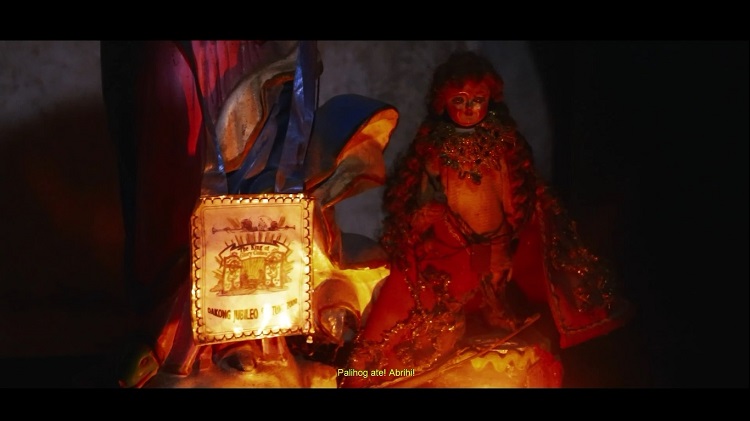
Screenshot: "Lantern" by Ryujie Abejuela
“Isig-katawo” by Carl Hudson Mabanag (Student Category) reveals how an individual becomes the cause of two people’s friendship.
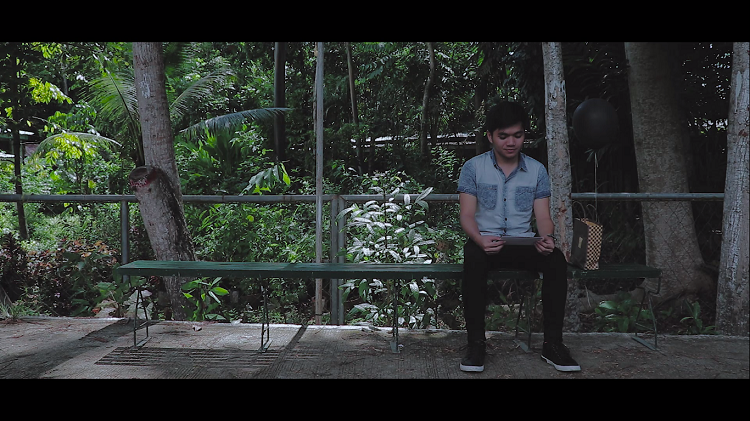
Screenshot: "Isig-katawo" by Carl Hudson Mabanag
However, not all relationships blossom happily. A person’s mental downfall could be attributed to the unpleasant experience with a loved one — as portrayed in Edmund Telmo’s “Redempsyon” and Angelo Dabbay’s “Kabuang ug Kasakit” (both of which are in the Senior Category).
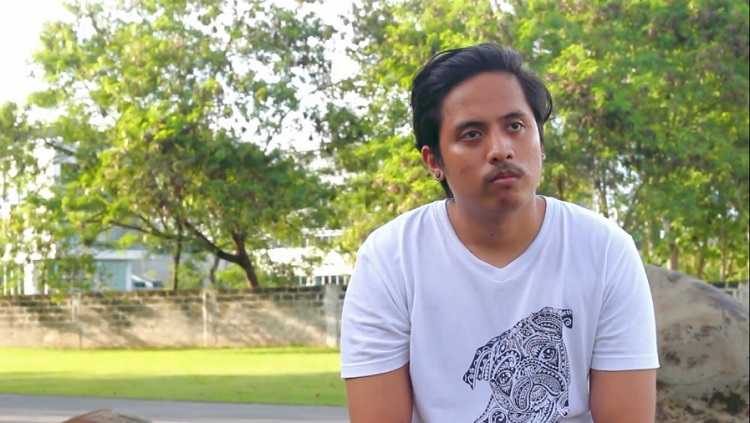
Screenshot: "Kabuang ug Kasakit" by Angelo Dabay
But to avoid this doom, an individual needs to assess whether it is smart to engage in a relationship with the desired person, the idea that transpired in John Rey Laure and Venxel Geno’s “Tuldok Kuwit” (Student Category).
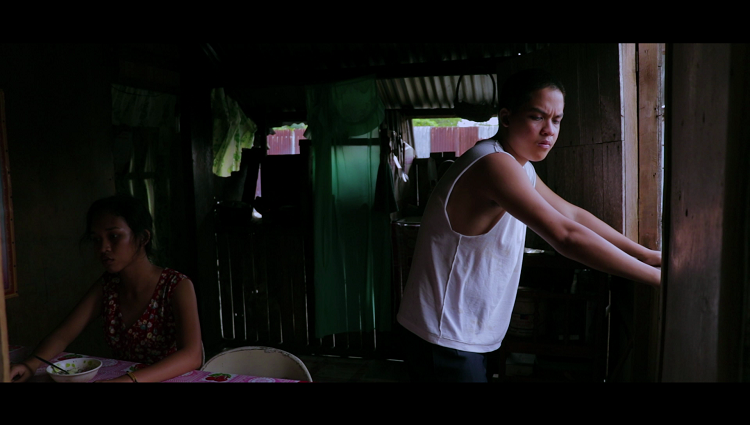
Screenshot: "Redempsyon" by Edmund Telmo
If relationships matter to these filmmakers, so is the sense of belongingness to some.
A place to belong
A student in Miguel Fernandez’s “Kita Nakita” (Student Category) embarks on a personal journey to seek for happiness after he was bullied to isolation in his school. This premise, except for the bullying incident, shares similarities with Reena Dunque’s “Ayo-Ayo” (Senior Category) which depicts how a student enrolled in a university far from home is coping with a new lifestyle in a different environment.
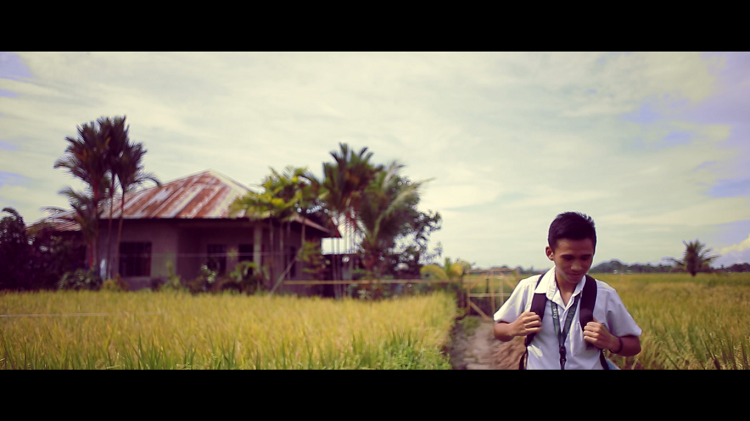
Screenshot: "Kita Nakita" by Miguel Fernandez
Screened in Cannes Film Festival last year, “Ayo-Ayo” was initially Dunque’s thesis film, along with her classmates, for their course in AB Communications in Ateneo de Manila University. It tackles on the educational domestic migration, a reality prevalent to students that study away from their place of origin.
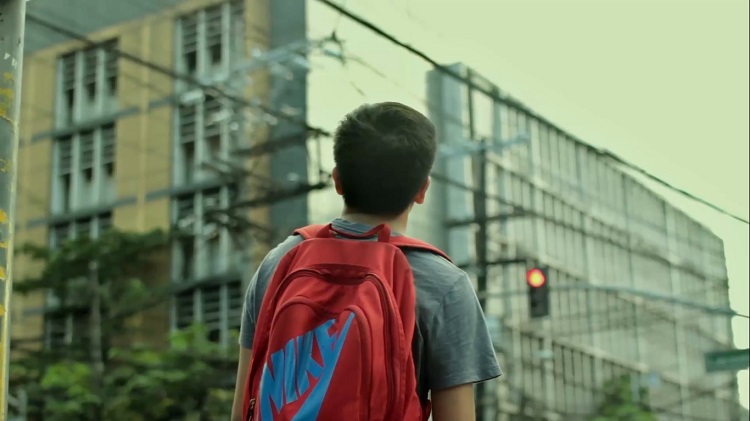
Screenshot: "Ayo-Ayo" by Reena Dunque
“We interviewed students who experienced the same phenomenon,” recounted Dunque, who also share the same background with the main character as a Kagay-anon who studied in Manila for college.
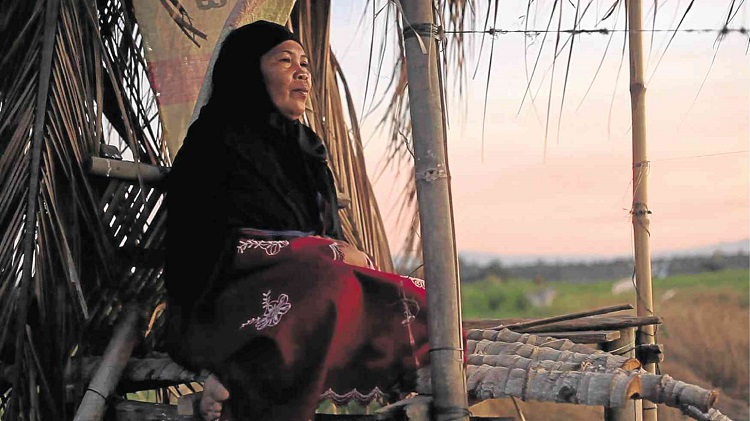
Screenshot: "The Crescent Rising" by Sheron Dayoc
But as far as displacement is concerned, Sheron Dayoc’s multi-awarded “The Crescent Rising” (Special Feature Film) which was first released in 2015, reveals the causes and effects of injustices undergone by the Moro people in Mindanao. Displacement was also the recurring theme in Glorypearl Dy’s “Walay Nidanguynguy” (Special Citation) in which women were forced out of their home.
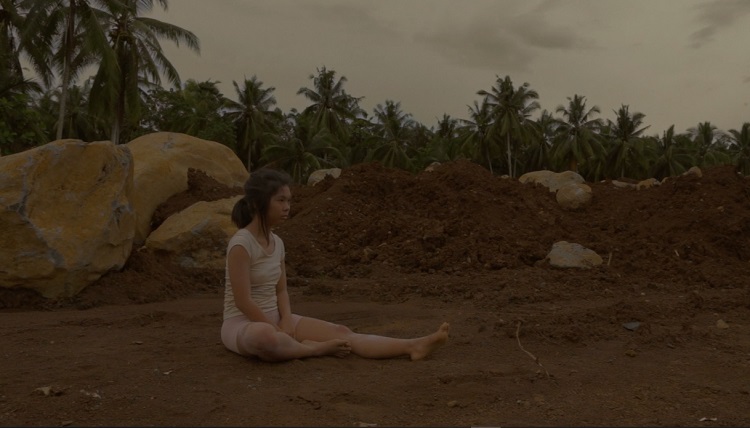
Screenshot: "Walay Nidanguynguy" by Glorypearl Dy
But displacement does not always have to refer to a physical place. Adrian Rey Manapil’s “5:12” (Senior Category) shows how two people of varying ages face the challenge of seeking for their relevance in a fast-changing generation. Time and age can be two factors that indicate belongingness, while identity also matters in Rhadem Morados’ “Hugo: A Hidden Past Revealed” (Special Citation) and Davao City’s “Ngilngig” (Special Film Feature).
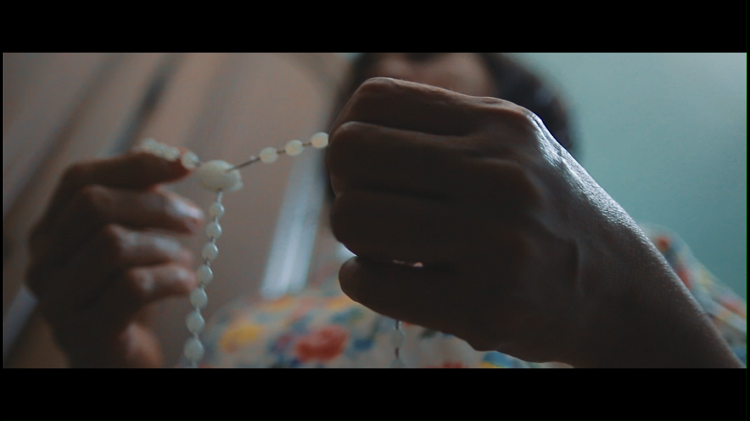
Screenshot: "512" by Adrian Rey Manapil

Screenshot: "Hugo" by Rhadem Morados
Morados’ documentary centers on the cultural icon of the Ifugao, and a series of short films comprising peculiar themes in “Ngilngig” becomes the cinematic pride of Davao City.

Screenshot: Davao Ngilngig Film Festival
A national concern
Displacement is a national concern, but this is one among the many.

Screenshot: "Baboy Halas" by Bagane Fiola
As works art, some of the films mirror reality. This refers to cases that may have been reported on the news, but are often overshadowed by popular trends which are left unheard.
The impunity against the indigenous communities is portrayed in Bagane Fiola’s NETPAC-Jury-Prize-awarded “Baboy Halas: Wailings in the Forest” (Special Feature Film). His film magnifies an indigenous family’s struggle for survival by hunting in a forest that gradually undergoes change caused by unnatural and ominous forces.
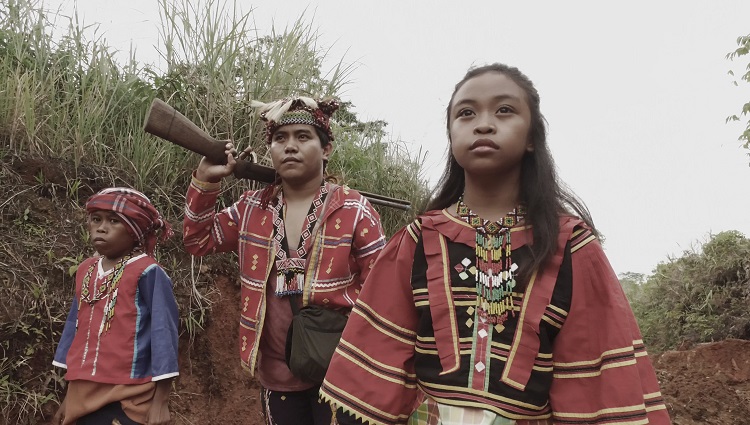
Screenshot: "Tu Pug Imatuy" by Arnel Barbarona
Meanwhile, Arnel Barbarona’s critically praised, “Tu Pug Imatuy (The Right to Kill)” in the Special Feature Film Category also contains the same theme. A family that belongs to an indigenous community is threatened and harassed by the AFP as they are caught between their conflicts with a rebel group.

Screenshot: "730" by Bezalel Banaag
Horror emerges in the crimes portrayed in Bezalel Banaag’s “7:30” and John Roel Cabana’s “Hiraya”, both contenders in the Student Category.
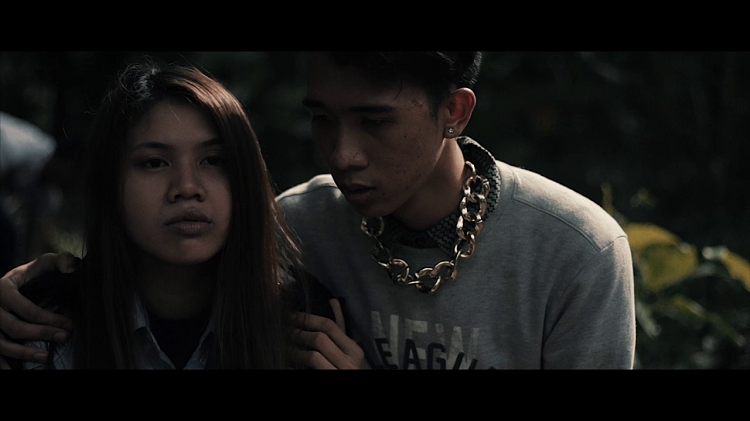
Screenshot: "Hiraya" by John Roel Cabana
Relative to these horrors are the retributions in the current administration’s War on Drugs campaign in Kenneth Sabijon’s “Between the Lines” (Senior Category) and Christian Toring’s “Simulacrum” (Student Category) both of which tackle the atrocities of drug use and extra-judicial killings.
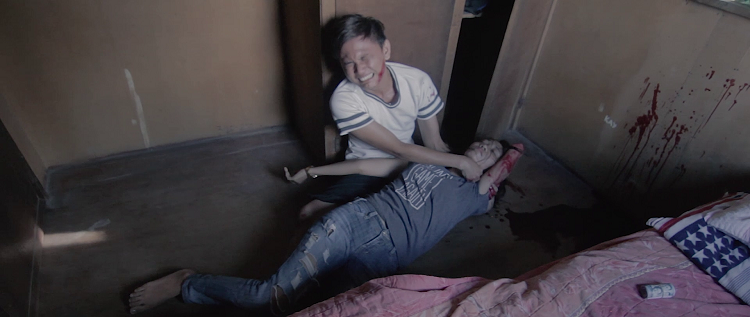
Screenshot: Simulacrum by Christian Toring
As Sabijon puts it: “My film was inspired by what is currently happening in the country.”
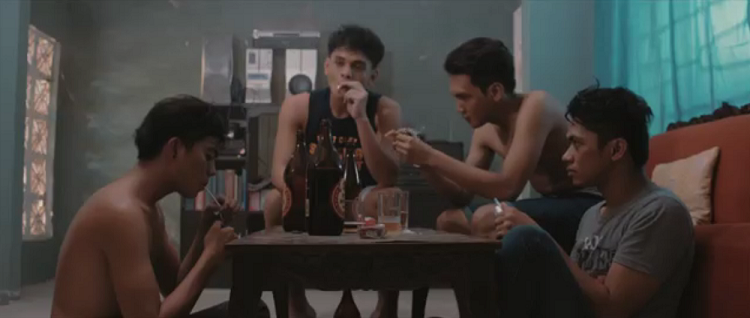
Screenshot: "Between the Lines" by Kenneth Sabijon
The value of contentment
But despite the many tragedies brought by conflicts, values remain constant.
For Julienne Ilagan’s “Sikad” (Senior Category) and Leo Marie Fabre’s “Pa Dyak” (Student Category), contentment and humility build the foundation of gratitude in a life well-lived.
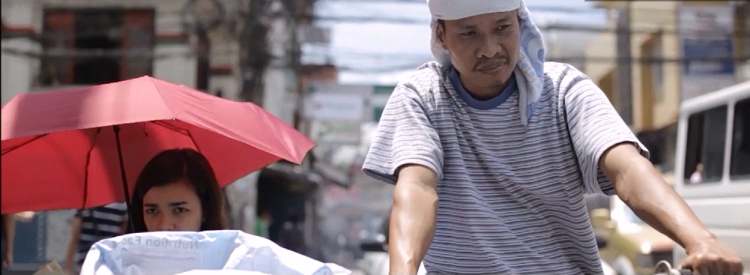
Screenshot: "Pa Dyak" by Leo Marie Fabre
Ilagan, whose previous entry, “Balut, Penoy, Asin,” bagged the first prize in the Senior Category of last year’s Cinemagis, shared that “Sikad,” her most recent work, was inspired by Typhoon Vinta (international name: Tembin) last year.

Screenshot: "Sikad" by Julienne Ilagan
She relayed a memory that inspired her to accomplish this film: “I was driving over the Marcos Bridge that December when the flood surged from the river beneath. I saw people being evacuated from barangays Consolacion and Burgos. I was deeply affected by what happened.”
Then came the idea of her main character — a tricycle driver who points out the good side of life despite the skirmishes in his community and the distasteful comments from his passengers and friends.
Despite the dominating theme of resilience and contentment, Ilagan hopes that this film will spread awareness about the issue of flooding and how it could, directly and indirectly, affect lives.
***
As the Cinemagis Digital Short Film Festival reaches a decade this year, these films will be showcased on January 24 to 27 at XU Little Theater and SM City Cagayan de Oro Cinema 1. Albeit the common themes, these films celebrate their artists’ uniqueness in storytelling as the film festival continues to hone and promote the diverse talents of Mindanao.∎
